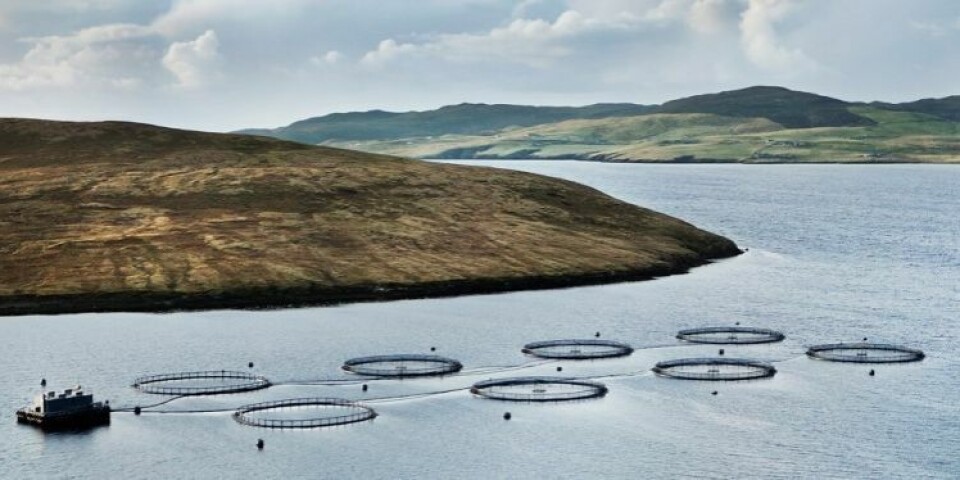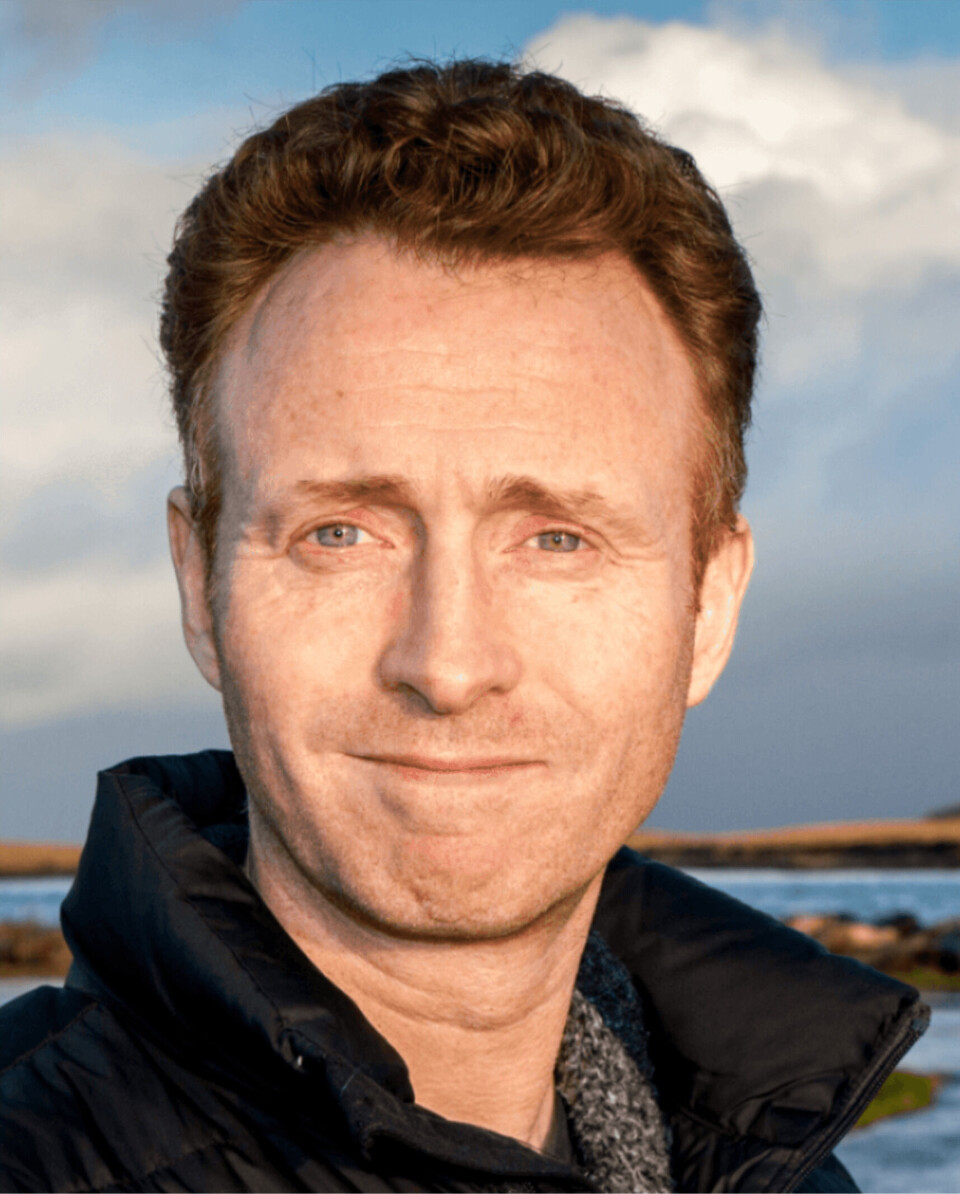
Costs and write-down cut Grieg Shetland profits 93%
A combination of costs incurred combatting sea lice and harmful algae and a £6.5 million income write-down recognising exceptional mortality meant Grieg Seafood Shetland’s operating profit plunged by 93% last year.
EBIT was £305,000, which corresponds to £0.03 per kilo, on an increased turnover of £71.45m, the company said in its 2018 annual report. In 2017 Grieg Seafood Shetland, which farms in Shetland and Skye, made an EBIT of £4.6m on a turnover of £68.3m, corresponding to 38 pence per kilo.
Total harvested volume in 2018 was 11,924 tonnes, close to the expectation of 12,000 tonnes and just 132 tonnes below 2017’s harvest.

Sea lice and algae
Reviewing 2018 in the report, Grieg Shetland managing director Grant Cumming said costs were high in Shetland in the first quarter because of issues with sea lice and algae, and low harvest volumes contributed to increased fixed costs. Results of water treatment were good but low sea temperatures reduced growth.
Fish of both good quality and weight were harvested in Q2, but algae prevention and treatments kept costs high.
Complex gill-related diseases were experienced towards the end of Q3, resulting in early harvest, size variations and lower quality, which led to lower prices being achieved on parts of the harvest.
Exceptional mortality
In the final quarter of 2018 gill-related diseases and other related issues cause reduced survival, which ended at 83% for the rolling 12 months according to the Global Salmon Initiative (GSI) definition.
Cumming said that as part of the accounting principle of recognising exceptional mortality as a cost on the income statement, a write-down was recognised in the year of £6,478,896.
The number of staff employed increased by 11 to 186, and the wage bill rose by £650,000 to £7.8m.
Three-month fallowing
Looking ahead, Cumming said the company continued to cooperate closely with other salmon farmers in the region to establish a long-term, stable and sustainable marine biology.
Whole farming areas now operate with a three-month fallowing period, and treatment activity is coordinated between farmers, with reciprocal visits during lice counting operations.
The director said that over the last four years production by Grieg Shetland had been cut from 27 to 17 sites to focus production on the best sites with the strongest biological control.
Better smolt
Routines and systems had been implemented for the monitoring and mitigation of algae-related issues, and other measures to ensure improved fish welfare included the use of aeration systems, freshwater treatments, lice skirts and cleaner fish.
Smolt transferred from Grieg Shetland’s own facility were better quality than those put to sea in 2017 but were still sub-optimal. Those transferred this year were expected to be of high quality.
Cumming said that by focusing on initiatives to improve biosecurity and fish welfare, the company is maintaining its target of a harvest volume of 17,000 tonnes next year.
Grieg Seafood Shetland’s report can be read here.























































